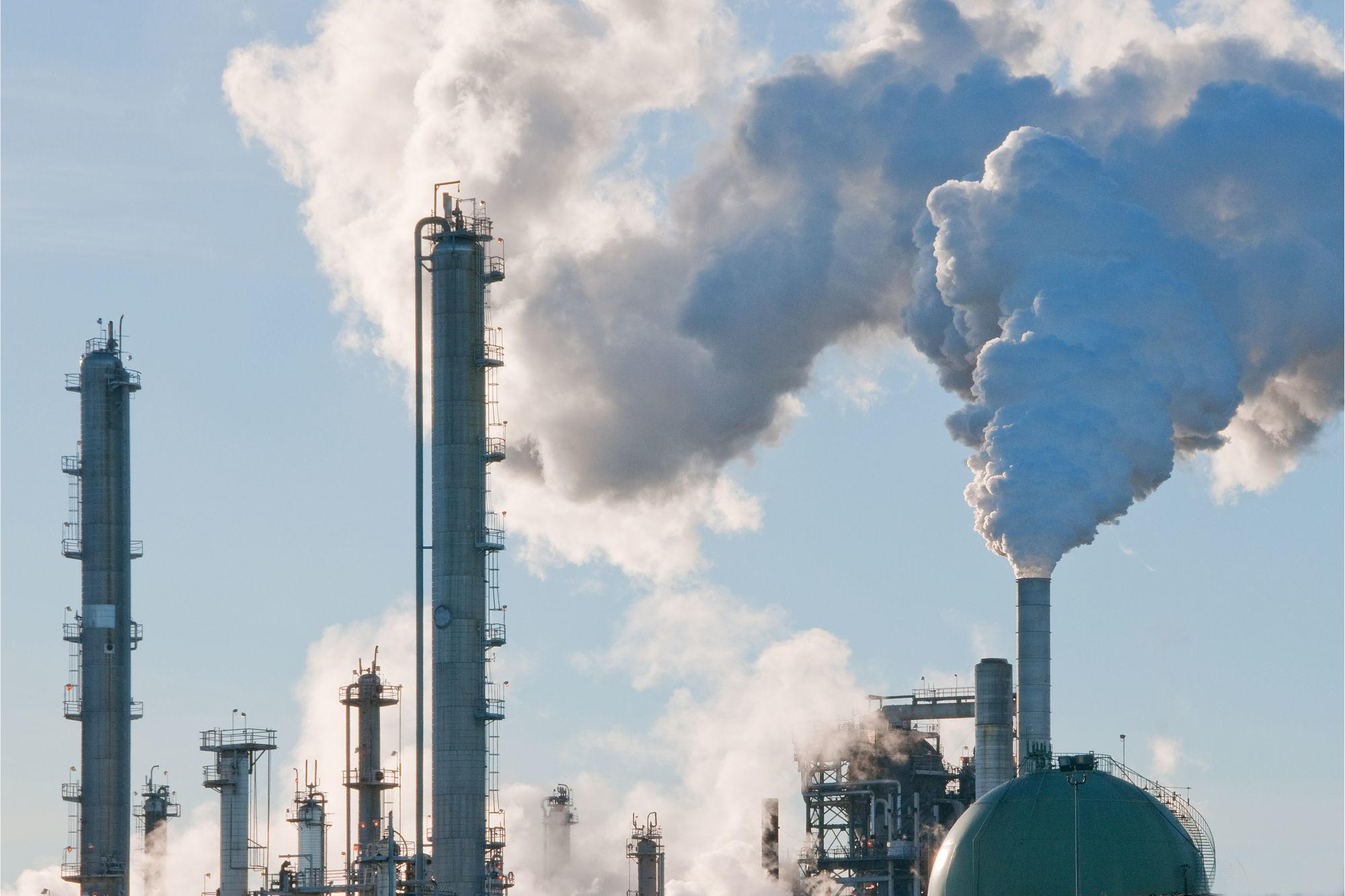Connect with us
Published
1 week agoon
By
admin
A recent study indicates that mercury emissions from U.S. power plants have decreased by 90% since the introduction of the Mercury and Air Toxics Standards (MATS) in 2011, led by the U.S. Environmental Protection Agency (EPA). Despite this progress, Texas and North Dakota remain major contributors to mercury emissions due to their reliance on lower-quality lignite coal. The study also highlights serious socioeconomic disparities, as poorer and less educated communities, along with those from limited-English households, are disproportionately exposed to high levels of mercury.
Before MATS, coal-fired power plants were the largest source of mercury emissions in the U.S. The implementation of MATS led many operators to retire or convert plants to natural gas, which has minimal mercury emissions. While significant reductions have been achieved nationwide, the outdated standards for lignite coal-burning power plants in Texas and North Dakota allow them to continue emitting higher levels of mercury.
The EPA is currently considering more stringent regulations for these sources to eliminate the remaining mercury hotspots, which could further protect vulnerable communities. The findings underscore the need for ongoing efforts to address environmental justice in pollution control, especially for those most at risk from toxic emissions.


















